Unraveling the Celtic Language Diaspora: Insights from Ancient Genomics and the Urnfield Culture Expansion
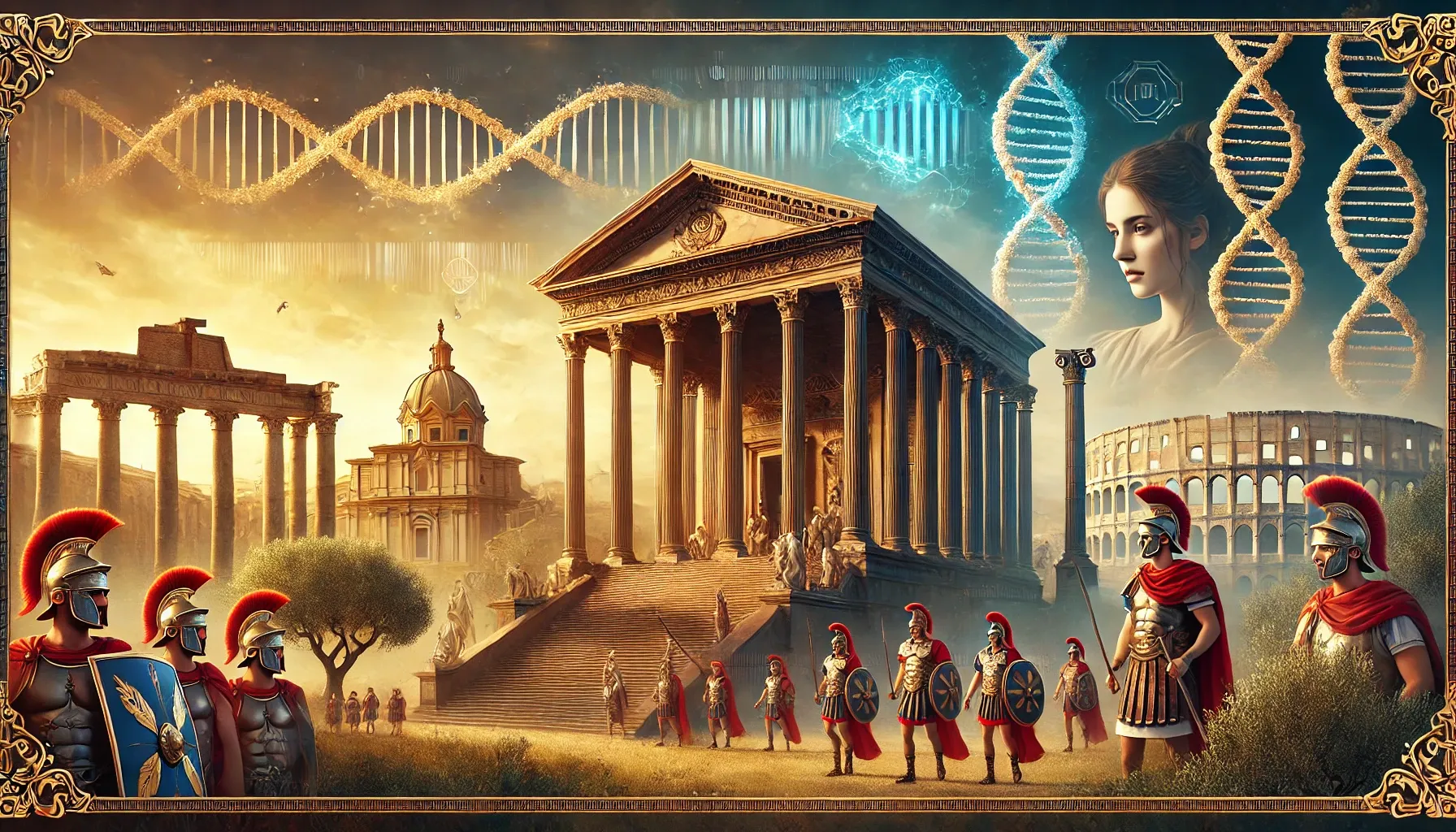
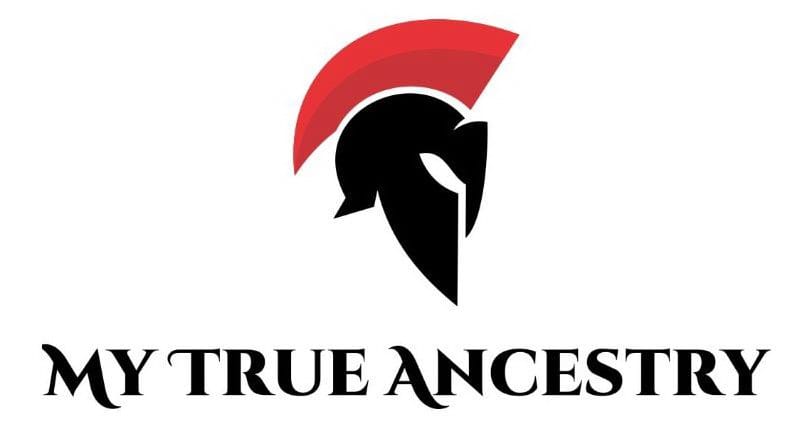

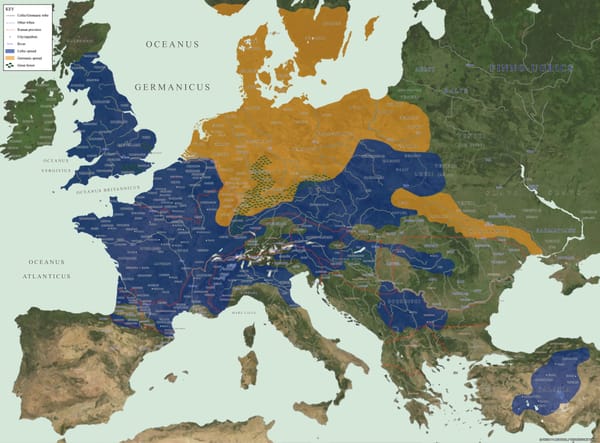
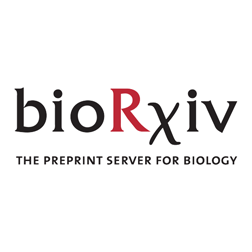
The Urnfield Culture, renowned for its widespread influence during the Late Bronze Age, represents a pivotal chapter in European prehistory. Originating from Central Europe, this culture spread across the continent between approximately 3,200 and 2,800 years ago, leaving a rich archaeological imprint that continues to intrigue scholars today. Recent genomic research has revealed the crucial role this culture played in the spread of Celtic languages across Europe.
The Urnfield Culture emerged in Central Europe and is primarily known for its distinctive cremation practices—a shift from traditional burials that suggests significant social evolution. This cultural transition is marked in the archaeological record by cremated remains placed in urns within large cemeteries, hence the culture's name.
One of the more intriguing facets of the Urnfield Culture's spread is the role of its Knovíz subgroup. Genetic evidence traces Knovíz ancestry back to the Carpathian Basin, from where it gradually swept across Western Europe. Archaeological sites associated with the Knovíz Culture reveal captivating insights into:
The Urnfield Culture's influence extended far beyond its Central European origins:
This expansion laid the groundwork for the later Hallstatt Culture, which is often associated with the early Celts.
The innovations of the Urnfield Culture were not confined to burial practices and settlement patterns. Advances in agriculture, including the cultivation of millet, catalyzed demographic changes and population growth across Europe.
Improved metal craftsmanship was another hallmark of this culture. The exchange of commodities such as bronze, salt, and other raw materials facilitated the Urnfield Culture's reach and prosperity, creating extensive trade networks throughout Europe.
Not all expansion was peaceful. The Tollense Valley in Northern Germany reveals evidence of an ancient battlefield dating back to around 3,200 years ago, indicating dramatic confrontations as the Urnfield Culture tried to extend its influence northward. This battle marks a period of turbulence and territorial disputes, likely shaping the trajectory of cultural dispersals in the region.
Current Celtic languages like Irish, Scottish Gaelic, Welsh, and Breton are now confined to Europe's western fringes, but between 3,000 to 2,000 years ago, Celtic languages were spoken across much of the continent. Genomic research has now provided compelling evidence linking the spread of these languages to the expansion of the Urnfield Culture.
Key archaeological sites have been crucial in understanding these connections:
The Bell Beaker Culture, which preceded the Urnfield period, laid important foundations for later developments. Their distinctive pottery often accompanies graves of these ancient peoples, and their genetic signature—a blend of Steppe and local ancestries—suggests they played a crucial role in spreading Indo-European dialects across Europe.
Using techniques such as IBD (Identity By Descent) Mixture Modeling, researchers have tracked the fine fabric of human migration across Bronze and Iron Age Europe. The genomic data reveals:
The Urnfield period presents unique challenges for genetic research due to widespread cremation practices, which often destroy DNA. However, insights have been gleaned from:
As descendants of the Urnfield Culture, the Hallstatt and La Tène Cultures reflect a rich tapestry of cultural evolution. These later cultures took the foundations established by their ancestors and developed them into the historically documented Celtic presence across Europe.
Grave goods unearthed from tombs tell silent stories of migrations and cultural connections:
The diverse pockets of Celtic languages that once spanned Europe—such as Lepontic in the Alps and Celtiberian in Iberia—map onto these genomic stories. Each dialect represents a testimony of migration patterns and cultural intermingling.
The genomic evidence now paints a compelling picture of how the Urnfield Culture, especially its Knovíz subgroup, played a crucial role in spreading the ancestors of Celtic languages across Europe. This prehistoric expansion helped shape the cultural and linguistic landscape of Iron Age Europe, setting the stage for the Celtic societies later encountered by classical writers.
While Roman expansion would eventually overshadow earlier Celtic dominance, the intricate tapestries woven by these early Indo-European tongues left an indelible mark on European history. Modern genomic research continues to refine our understanding of these ancient migrations, revealing how interconnected the peoples of prehistoric Europe truly were.
Comments